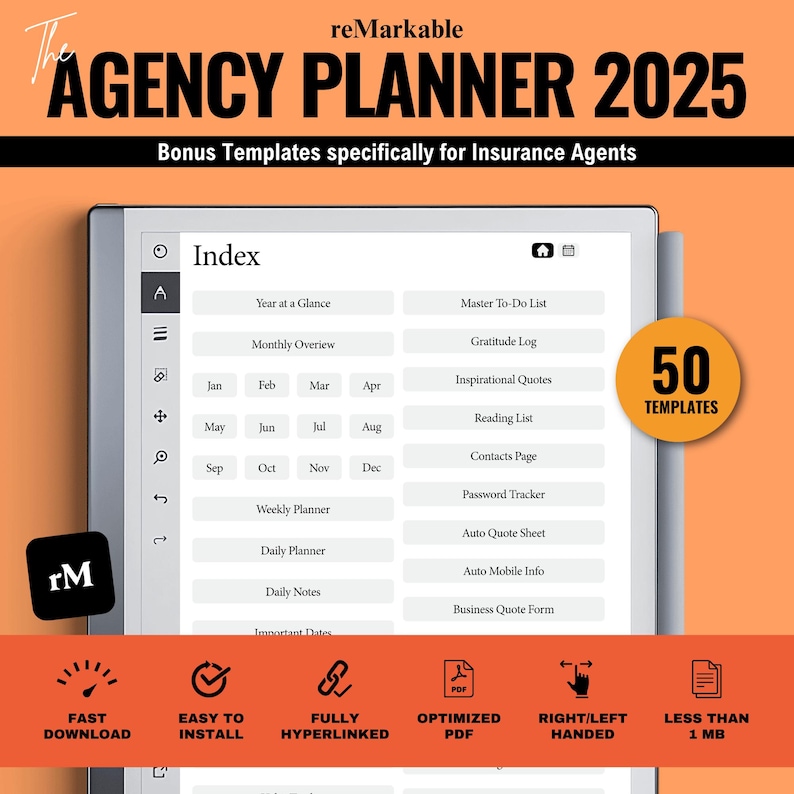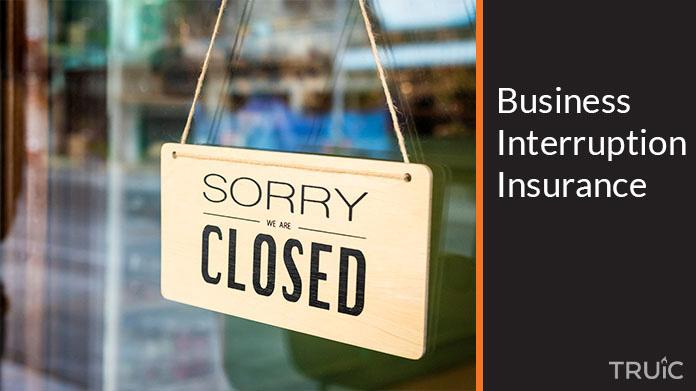In today’s unpredictable world, running a business comes with its share of uncertainties. From natural disasters to unexpected closures, these disruptions can bring operations to a sudden halt—threatening not just your income, but the very survival of your business. That’s where business interruption insurance steps in. It’s a safety net designed to help you navigate those tough times, providing financial support when you need it most. In this guide, we’ll explore the essentials of business interruption insurance, helping you understand what it covers, why it matters, and how it can protect the future of your business when the unexpected strikes.
Table of Contents
- Understanding What Business Interruption Insurance Covers and Its Limitations
- Assessing Your Business Risks to Determine the Right Coverage
- Navigating the Claims Process with Confidence and Clarity
- Practical Tips for Maintaining Continuous Protection During Uncertain Times
- Key Takeaways
Understanding What Business Interruption Insurance Covers and Its Limitations
Business interruption insurance is designed to safeguard your company’s income stream when unforeseen events disrupt your operations. Typically, this type of coverage compensates for lost revenue, ongoing expenses such as rent and payroll, and the extra costs required to minimize the impact of interruptions. Common triggers include natural disasters, fires, vandalism, or other insured perils that force temporary closure or reduce business capacity. Additionally, it often covers the time needed to rebuild or relocate, allowing businesses to maintain financial stability during challenging periods.
However, this insurance isn’t a catch-all solution. There are important limitations to be aware of. For instance, coverage usually excludes damages caused by disease outbreaks, government-mandated shutdowns, or cyberattacks unless explicitly added as endorsements. Furthermore, policies may impose caps on payout durations or require a waiting period before benefits kick in. Understanding these nuances is critical for tailoring coverage that truly aligns with your business risks and ensuring you’re not left vulnerable when disaster strikes.
- Covered: Lost income from property damage, ongoing expenses, relocation costs
- Not typically covered: Pandemics, shutdown orders, cyber incidents without specific riders
- Common limitations: Waiting periods, payout caps, exclusion of certain perils
Assessing Your Business Risks to Determine the Right Coverage
Before selecting a business interruption insurance policy, it’s essential to conduct a thorough evaluation of potential vulnerabilities that could disrupt your operations. Consider the various threats specific to your industry and location, such as natural disasters, supply chain interruptions, or even technological failures. This comprehensive risk assessment helps pinpoint where your business is most exposed, allowing you to tailor your coverage to those critical areas rather than opting for a one-size-fits-all approach.
Ask yourself key questions like:
- What are the most common causes of downtime in my sector?
- How quickly can I realistically restore operations after a disruptive event?
- Which suppliers or partners pose a potential bottleneck?
- What financial impact would a week-long shutdown have on my cash flow?
Understanding these factors not only reveals the extent of coverage needed but also uncovers gaps where additional safeguards beyond insurance may be prudent. By aligning your risk profile with the right coverage, you create a stronger, more resilient shield against unexpected interruptions.
Navigating the Claims Process with Confidence and Clarity
Filing a business interruption insurance claim can feel overwhelming, but understanding each step helps you approach the process with clear intention. First, document everything meticulously. Keep detailed records of your financial losses, correspondence with your insurer, and any supporting evidence like photos or receipts. This documentation not only speeds up your claim but also ensures you have a strong foundation for negotiations. Remember, your policy may require prompt notification, so initiating contact with your insurance provider as soon as possible is crucial.
Next, be proactive in communicating throughout the claims process. Insurance adjusters may reach out for additional information, so responding promptly can demonstrate your commitment and keep the claim moving forward. Consider these actionable tips to help you stay organized and on track:
- Maintain a dedicated claims folder (physical or digital) to keep all documents in one place.
- Keep a written log of phone calls, including dates, names, and main points discussed.
- Ask clarifying questions whenever policy terms or procedures are unclear to avoid surprises.
- Consult with a trusted advisor, such as a broker or legal expert, to understand your rights and coverage nuances.
Practical Tips for Maintaining Continuous Protection During Uncertain Times
In times of uncertainty, it’s crucial to keep your business interruption insurance up to date and aligned with your evolving needs. Start by routinely reviewing your policy to ensure coverage limits and terms reflect your current operational risks. Maintaining accurate financial records and documenting key changes in your business operations can make the claims process smoother if interruption strikes. Additionally, establish clear communication channels with your insurance provider to stay informed about any policy adjustments or new endorsements that may better protect your interests.
Consider implementing a business continuity plan that complements your insurance coverage. This plan should include strategies for quick recovery, such as securing alternate suppliers, training employees for flexible roles, and utilizing technology for remote operations. Here are a few practical steps to fortify your preparedness:
- Regularly update risk assessments to identify new vulnerabilities.
- Set aside financial reserves to cover unexpected gaps not included in insurance.
- Invest in cybersecurity to prevent disruptions caused by digital threats.
- Maintain open dialogue with legal and financial advisors to anticipate potential impacts.
Key Takeaways
Navigating the world of business interruption insurance can feel overwhelming, but understanding its core purpose and nuances is essential for any business owner. While no one hopes to face unexpected disruptions, having the right coverage in place offers a vital safety net during challenging times. By staying informed and working with trusted insurance professionals, you can help protect your business’s future and focus on what matters most—building resilience and growth. Remember, preparation today can make all the difference tomorrow.






